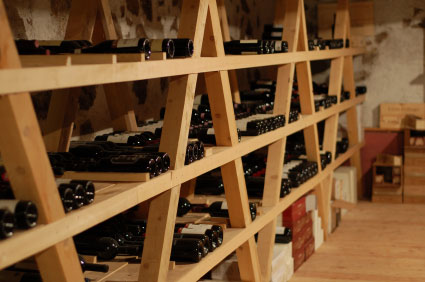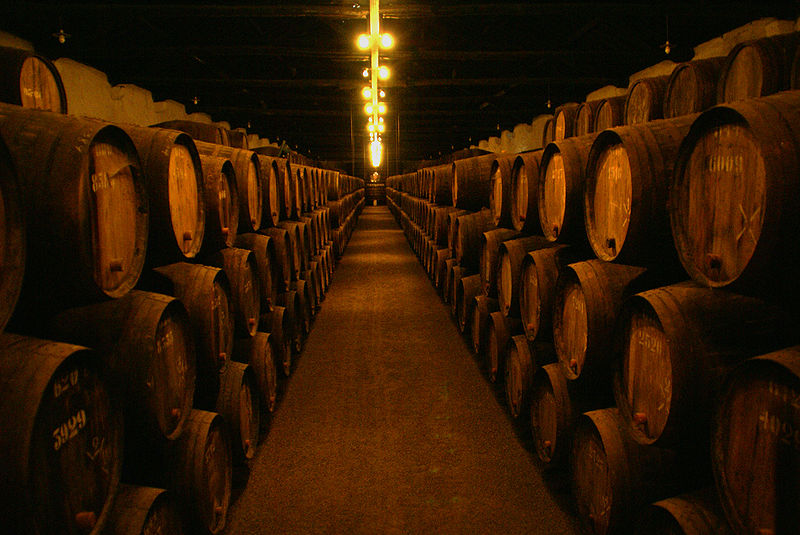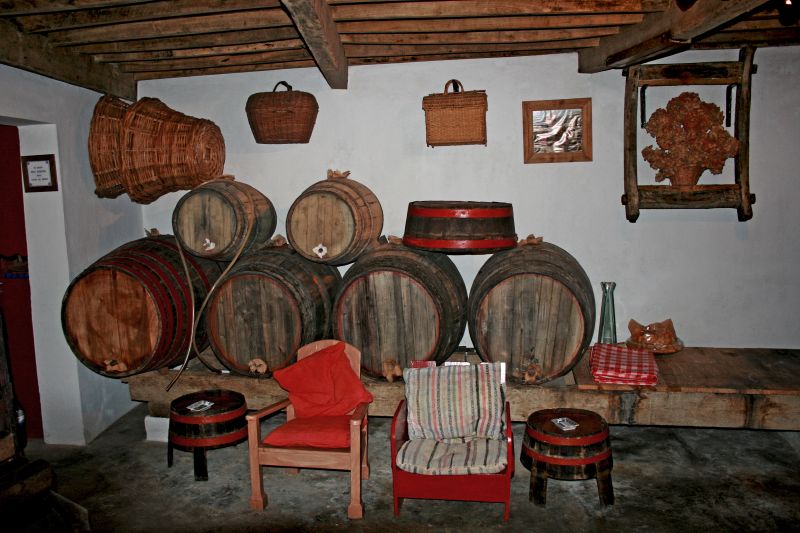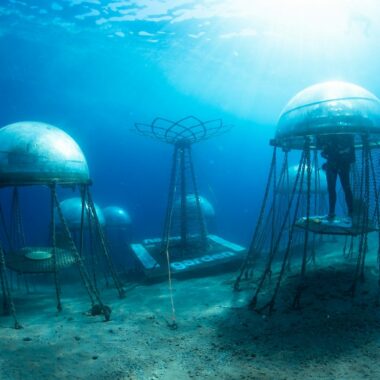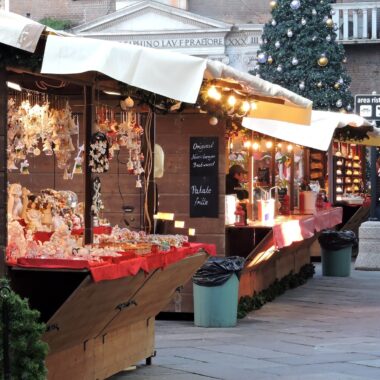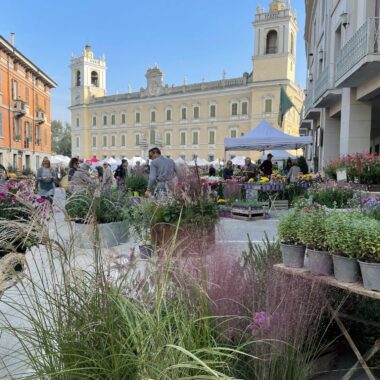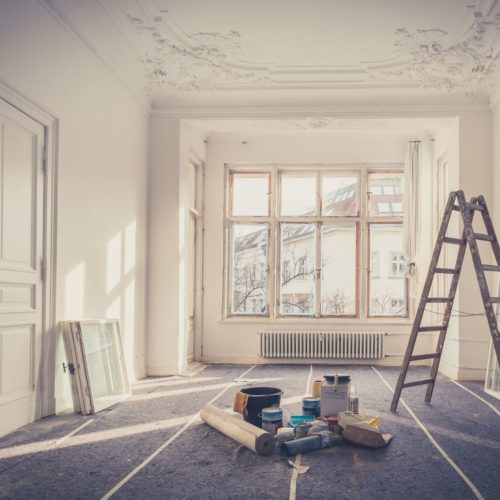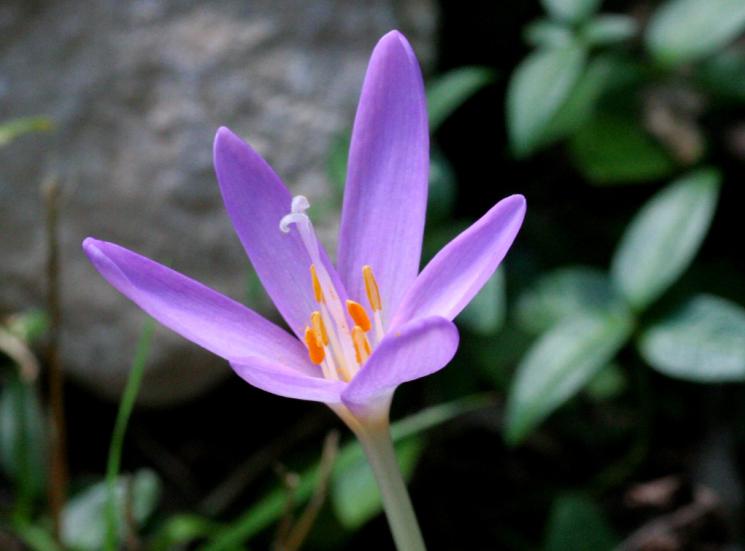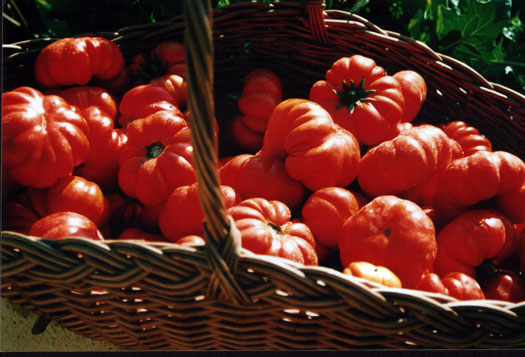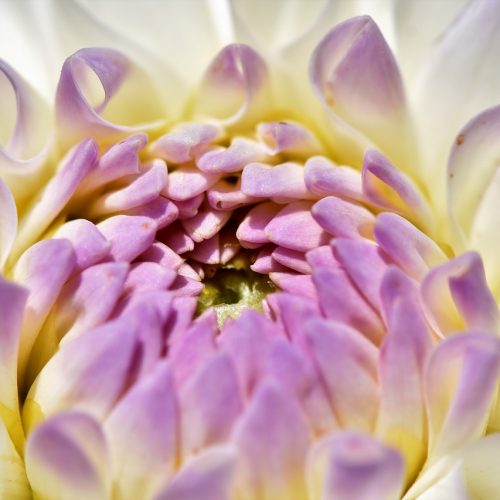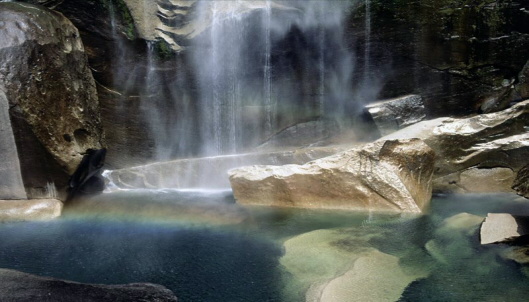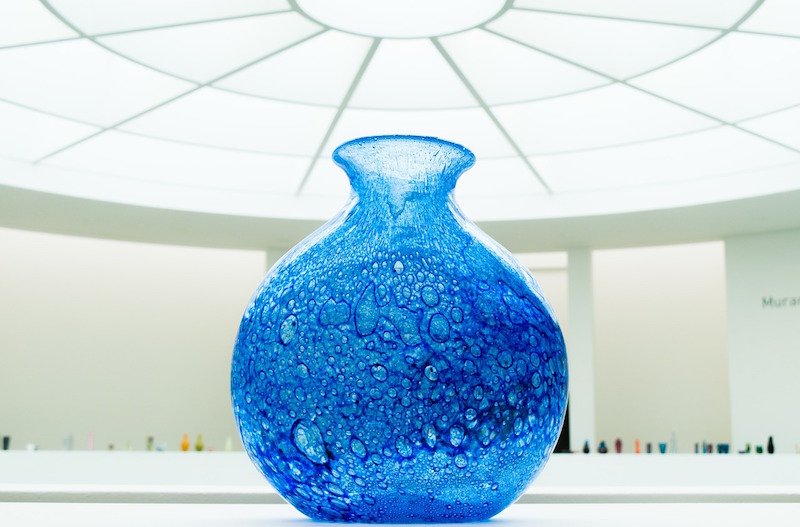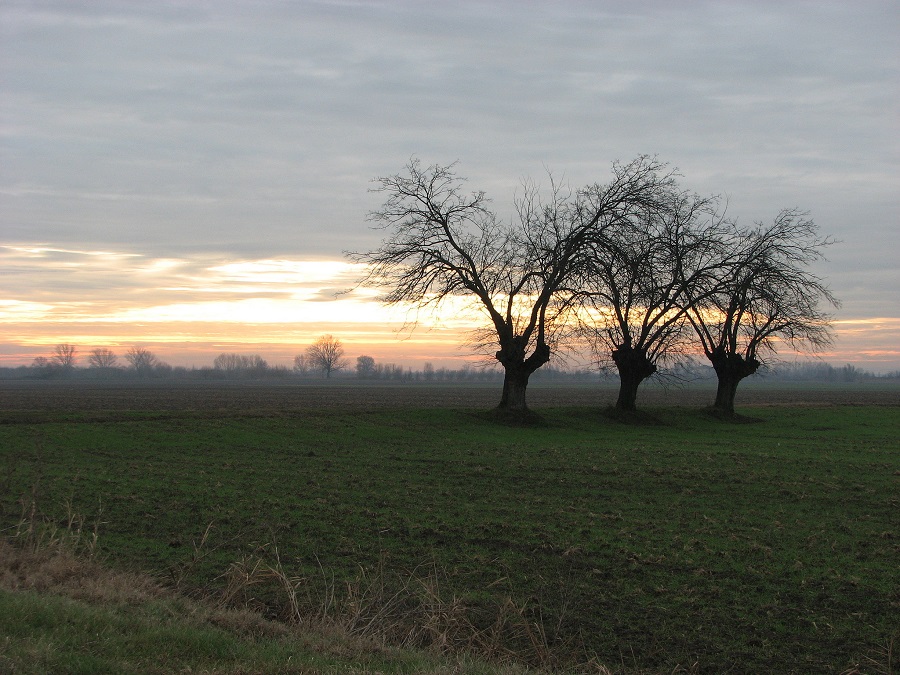Italian Wine Cellars: Decor
Each year at the end of Winter, Verona helds the Vinitaly (www.vinitaly.com). It is a big event for the industry, for Italian and foreigner wine producers and consumers. For Italy it is an occasion to take stock of the results of the previous season.
Under these circumstances, knowledgeable wine drinkers are proud of their ability to discover and collect special wines. And with this penchant comes also the interest in storing and preserving wines in the best of conditions. Naturally, only the fortunate few have authentic wine cellars in the main viticulture areas, for example in the Tuscan, Piedmont or Venetian areas. Others must rely on more modest facilities, which nevertheless can provide satisfaction in the pursuit of the wine collector’s hobby. For this purpose, many home owners enjoy setting aside an area of their property that is specially equipped for this purpose. The following article provides information on some of the basic requirements for creating a “household wine cellar”, Italian-style.
In providing this information, the author wishes to emphasize that no encouragement is being given for the consumption of alcoholic beverages, and that according to all experts wine consumption is beneficial only in moderation, during mealtimes or at special convivial occasions.
The basic requirement for situating the wine cellar is that it be located in a cool place (for example a basement). The ideal temperature is between 8 and 12 degrees, but temperatures between 10 and 15 degrees are acceptable. Even if the location is slightly damp this is also acceptable, although it would be preferable to have a dry location. Provision is needed for good air circulation (for example through outside vents). There should be no foreign odors (like car exhaust) to avoid contamination and no noise so as to avoid vibration of the wines that disturbs the maintenance of quality. In addition, the wines should be stored in the dark, because light also damages the quality (that is one of the reasons why wine is bottled in dark colored glass).
Wine bottles need to be stored in a horizontal position so that the cork (presumably still made of cork, rather than the plastic closures now seen occasionally) remains covered by the wine and hence protects against dissipation of the aroma in the air. In Italy, the retailers of building materials, in addition to selling tiles, bricks, etc., also sell terracotta “beehive” shaped pieces that fit one into the other for stacking and lining the walls of the home wine cellar. These terracotta pieces can be easily mounted, and constitute an attractive and decorative finishing touch to the wine cellar while fulfilling a practical function.
If terracotta beehive pieces are not available, another approach to wine storage is to build with bricks or cement a structure to “house” the wine bottles stacked one directly upon the others. The dimensions of this structure should be about 70 cm wide, 70 cm high and 30-40 cm deep. Generally, brick structures are preferable because they do not contain iron. Iron is not conducive to the storage and conservation of wines. The wrought iron wine bottle holders that are sometimes used for decorative purposes should be used for just that, and not for serious conservation of wine for any period of time.
Other features of the home wine cellar are mainly of a decorative nature. Usually, a small table is placed in the middle or in a section of the cellar to act as support for the bottles that the proud wine collector selects and perhaps even tests on the spot. Collections of bottle openers, or books and magazines featuring important wine events may also make the cellar a small show room. Lighting should be diffused.
General advice on the storage or aging of wines: in the recent decades, most wine consumers in Italy have reduced the time of storage or aging of wines. The tendency has been to move to a more rapid consumption after production, particularly in the case of white wines. In practice, from the production of a particular season, one prefers to age wines much less and consume them within 2-3 years time. These 2-3 years are valid only for red wines having a relatively high gradation, at least 12 degrees.
For white wines, it is preferable that they be consumed as soon as possible. White wines are not suited to aging, the exceptions being the French Champagnes or the Italian bruts (sparkling wines), having however a gradation not less than 13 degrees. In this case they can be aged under ideal conditions for about 5 years maximum. If one’s home wine cellar is not completely up to standard, it is best to rely on current purchases from retailers who have a reputation for knowing how to handle and store wines. Moreover, the specialized wine cellars of the well known producers are equipped to age their wines in an appropriate manner so as to deliver them in the best of condition to the market.
To view more on Italian Wines, check out the Wine Section.

